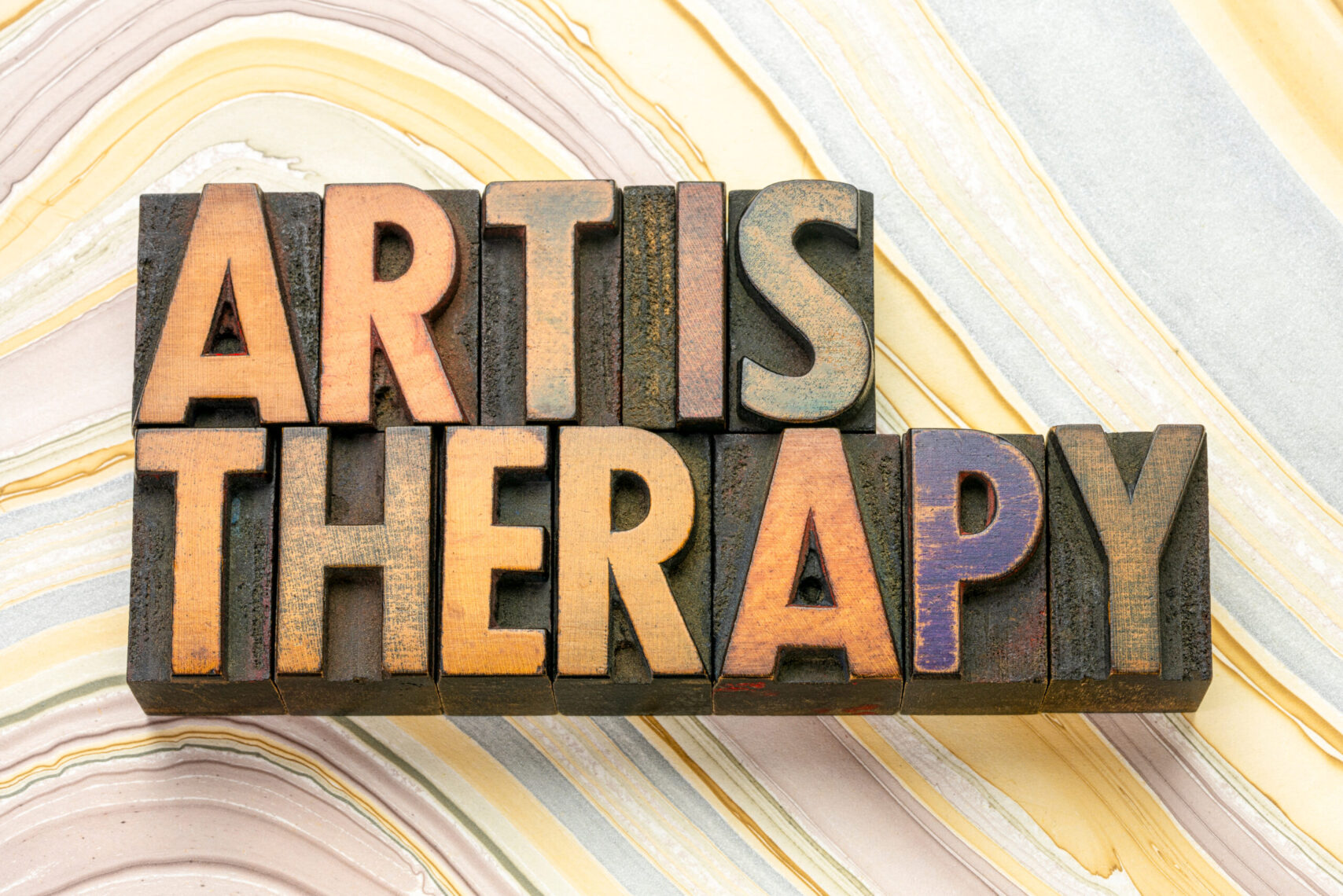
An Expressive Arts Approach for Negative Thoughts
Maybe you don’t have to *fix* anything about your negative thoughts.
Ever tire of people telling you to just stop getting upset or to do things a certain way to fix your situation?
Such advice giving and problem solving, no matter how well meaning, can add so much pressure.
“They did it, why can’t I?” “Is there something wrong with me?” “They just don’t get me! Why don’t they listen!?” At times, the negative thoughts don't go away, they compound, leading to self criticism, anger, and in the end, feeling even worse off. Too often, perhaps out of impatience, or fear, or just a hurry to be rid of a problem, we try and skip the step of deep listening and validation and wind up more frustrated. Unfortunately, skipping self-validation actually has a tendency to lock us into the exact patterns we’re trying to change, and our thoughts spiral down even more disheartening paths. An expressive arts approach can help.
In my experience, clients can easily feel trapped by negative thoughts, lost in a sea of what-ifs and self-doubt. But - What if we considered challenging, negative thoughts as a symptom of our emotions rather than a source of figuring out our problems?
When we think of our thoughts simply as another way that emotions are expressing themselves - as they do through falling tears, balled up fists, a racing heartbeat, or a sinking feeling in your stomach - then, we have found one more way to notice our reactions to experiences.
- If those thoughts had a sound, as they race through your mind, what sound would they make? How would they move?
- If you had to draw what those types of thoughts look like for you, what would they look like? Would you choose specific colors or want to use markers or crayons instead of a pencil? Maybe a smear of paint or a smashed handful of clay would capture its look best.
- What kind of character would your thoughts take on? A drill sergeant, an impatient customer, a patient in an emergency room? Go a step further, maybe, and set the scene where your thoughts are: A race track? The stock trading floor? On a tornado’s pathway? What other characters are there?
- Is there an image or metaphor you might use to describe what your thoughts are like?
Through creative expression of our thoughts, we also can move ourselves out of a reactive alarm state and into a more communicative and playful state. Any of these approaches can help us to more fully express our thought experiences and challenging emotions in safe and even helpful ways. More importantly, it gets them outside of the mind - where many of us tend to get stuck in alarming spiraling thoughts - and into a contained place outside of oneself where we can reflect on them.
It’s a mindful process and an effective way to create something that we can see for ourselves and that others might see and even empathize with. Sometimes, that’s really all we need. Not a fix, but rather for someone who cares about us to deeply listen and be there with us in the muck.
—
Try this:
This practice uses a quick combo of skills: Mindfulness of Current Thoughts, Observe, and Creative Expression
- It starts with noticing your thoughts and putting a label on them. For example, “anxiety thoughts” or “worries about the future” or “memories of a loved one.” In this way, you’re noticing the thoughts, but not following them more deeply. Validating that they are present, and not getting into a back-and-forth with your self-critic for experiencing these thoughts in this moment. Starting this way can open the door for more healing and release than making demands of ourselves to stop or ”just change” our thinking.
- From here, we turn to notice what else is going on in the body at this moment. What can you notice about the sensations in your body during times when you’re in an anxious or other emotional headspace? What is your breathing like? What type of movement, sounds, or sensations come up?
- And now it’s time to get creative! Create some art or writing that is representative of the sensations. Maybe play some music that fits the bill and move accordingly. Or cast your thoughts as a type of character and give it a story.
Once the experience you’re having exists in an artform, consider who you’d like to share it with or talk to about what you are going through, perhaps a loved one or your therapist.

Written by:
Teen & Adult Psychotherapist, Drama & Expressive Arts Therapist

